Support Your Body Systems for Better Health
Integumentary System
THE SYSTEM FUNCTIONS
The integumentary system consists of the skin, hair, nails and exocrine glands. Skin forms the body’s outer covering and protects the body from chemicals, disease, UV light and physical damage. Hair and nails extend from the skin to reinforce the skin and protection from the environment. Exocrine glands produce sweat, oil and wax to cool, moisturize and protect the skin’s surface.
Skin Structure at a Glance

What You Can Do To Support a
Integumentary System
Essential Vitamins & Minerals
- Essential Fatty Acids
- Vitamin B Complex
- B1 (Thiamine)
- B2 (Riboflavin)
- B3 (Niacin)
- B5 (Pantothenic Acid)
- B6 (Pyridoxine)
- B7 (Biotin)
- B9 (Folic Acid)
- B12 (Cyanocobalamin)
- Vitamin C
- Vitamin D
- Vitamin E
- Zinc
Recommended Dietary Supplements
- Essential D™
- Omega3 Prime™
- VitaDaily™
- Vital C™
Amazon
Herb Supplements
- Aqua Algae
- Camu Gold
- Sangre de Drago
Foods To Include
Fruits
 Blueberries
Blueberries
 Cranberries
Cranberries
 Blackberries
Blackberries
 Prunes
Prunes
 Sweet Cherries
Sweet Cherries
VEGETABLES
 Spinach
Spinach
 Artichoke Hearts
Artichoke Hearts
 Tomato
Tomato
 Avocado
Avocado
 Broccoli
Broccoli
PROTEIN & DAIRY
 Wild Caught Salmon
Wild Caught Salmon
 Eggs
Eggs
NUT & SEEDS
 Brazil Nuts
Brazil Nuts
 Pumpkin Seeds
Pumpkin Seeds
 Pecans
Pecans
 Chia Seeds
Chia Seeds
 Flaxseed
Flaxseed
MISCELLANEOUS
 Red Beans
Red Beans
 Kidney Beans
Kidney Beans
 Black Beans
Black Beans
 Pinto Beans
Pinto Beans
 Green Tea
Green Tea

Note: Be sure to do your best to shop organic, grass-fed, free-range, unprocessed and low sodium.
What You Can Do To Support a Healthy
Integumentary System (continued)
Daily morning cleanse: 8-12oz of lemon water
Foods you should avoid or limit:
Do your best to read the labels on packaged food. If the names are too hard to pronounce, they are likely chemical-based ingredients and not very good for you.
- Processed and high-sodium foods such as cured ham, bacon, sausage, and potato chips
- Foods that contain all-purpose flour such as pizza, bagels, pretzels, white bread, and flour tortillas
- Artificial sweeteners containing Sucralose such as yogurt, cereal, whole grain muffins, breads, and microwave popcorn
- Beware of “reduced sugar” labels which are usually loaded with artificial sweeteners such as fruit juice, ketchup, jams, jelly, syrup, soda, sports drinks, ice cream, and salad dressings.
Below is a List of Artificial Sweeteners You Should Try to Avoid:
- Aspartame
- Acesulfame
- Potassium
- Alitame
- Cyclamate
- Dulcin
- Equal
- Glucin
- Kaltame
- Mogrosides
- Neotame
- NutraSweet
- Nutrinova
- Phenylalanine
- Saccharin
- Splenda
- Sorbitol
- Sucralose
- Twinsweet
- Sweet ‘N Low
- Xylitol
Recommended Activities
Physical activity is essential for good health. New studies show even 15 minutes of elevated heart rate from activity has numerous benefits. Find activities you enjoy doing and aim for at least 15 minutes 4 to 5 times per week.
CARDIO: Biking, Hiking, Walking, Running, Swimming, Dancing, Zumba
STRENGTH: Weight Training, Pilates, Vigorous Yoga, P90X, Crossfit, Barre
FLEXIBILITY: Yoga and Stretching
Additional Information
Common Symptoms: Uneven skin tone, fungus, scaly skin, hives, redness, baldness, skin tags, moles, warts, psoriasis, chickenpox, melanoma, canker sores, measles, lupus and slow healing wounds.
Common Disorders
- Acne – Disorder that causes a variety of blemishes on the face, back, arms, chest including blackheads, whiteheads, pimples, nodules and cysts.
- Cellulitis – Bacterial skin infection.
- Dermatitis – Any type of skin rash or irritation
- Eczema – Inflammation of the skin that results in itchy, red and dry skin, cold soresblisters in or around the mouth.
- Herpes – Common infection marked by sores around the mouth or genitals.
- Raynaud’s Syndrome – Condition in which some areas of the body feel numb and cool in certain circumstances.
- Shingles – Reactivation of the chickenpox virus in the body, causing a painful rash.
- Vitiligo – Disease that causes the loss of skin color in blotches.


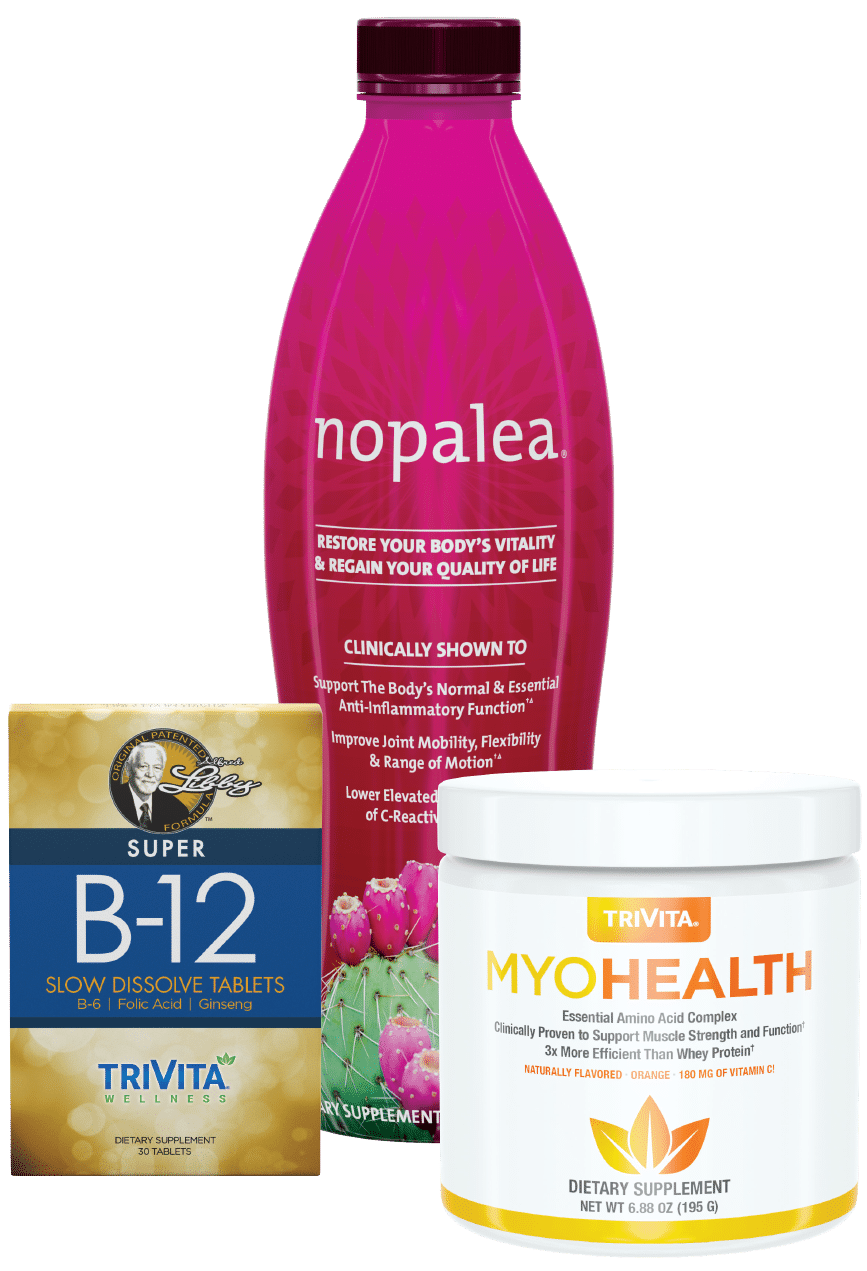





 Blueberries
Blueberries Cranberries
Cranberries Blackberries
Blackberries Prunes
Prunes Sweet Cherries
Sweet Cherries Spinach
Spinach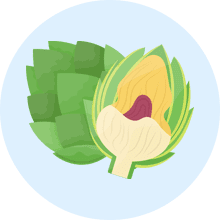 Artichoke Hearts
Artichoke Hearts Tomato
Tomato Avocado
Avocado Broccoli
Broccoli Wild Caught Salmon
Wild Caught Salmon Eggs
Eggs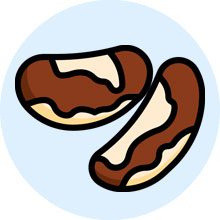 Brazil Nuts
Brazil Nuts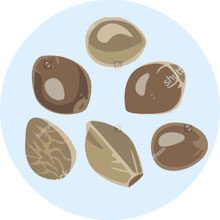 Pumpkin Seeds
Pumpkin Seeds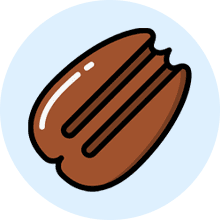 Pecans
Pecans Chia Seeds
Chia Seeds Flaxseed
Flaxseed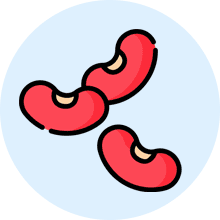 Red Beans
Red Beans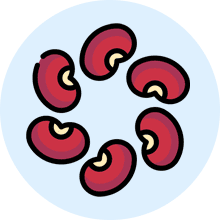 Kidney Beans
Kidney Beans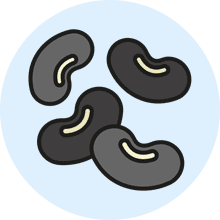 Black Beans
Black Beans Pinto Beans
Pinto Beans Green Tea
Green Tea